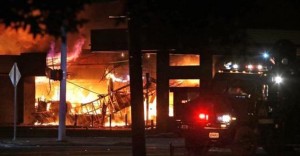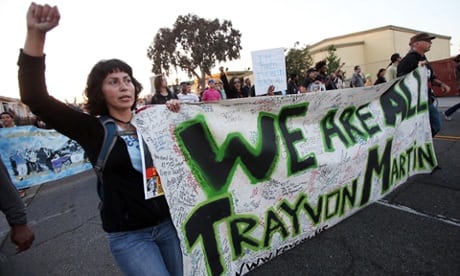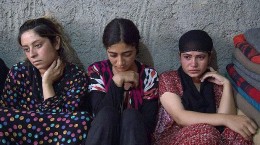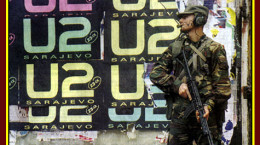Throughout the past generation, our country has become more vocal in the beliefs and stances on the political issues seen throughout the world. With the power of social media, we all have been exposed to the differences in those beliefs. We see different movements forming and connecting people throughout the country. Through movements such as “Black Lives Matter”, we see individuals grouping and working together to push towards a change in equality. A large part of advocating for these movements involves protesting; but as people all over have such strong opinions on what they believe in, it is obvious that those protests could go from the intentional peaceful environment to a far more violent one.
A spark in the violent protesting was seen in July, 2013 when the BLM movement started, when the 17-year-old African American boy, Trayvon Martin was shot by a Caucasian police officer. (See: “ Trayvon Martin Protests Being Held in More than 100 US Cities”) There was a big stir-up among all people in Saint Louis. There were several peaceful protesters, holding signs and chanting. But, there were also several cases that consisted of fighting and physical harm.
 Photo: Buenos Aires Herald.com
Photo: Buenos Aires Herald.com
Another incident that was violent in response to protesting would be the QuikTrip in Ferguson, MO being burned down after the Michael Brown cases. (See: “Gunshots, Tear Gas in Riots over Shooting of Black Missouri Teen”) In the past decade, we have seen an increase in violent protesting. There are several questions behind the drive for these violent actions. But perhaps, it’s simply that peaceful protesting isn’t loud enough.
While investigating, I came upon an article in “The New York Times” and quote from Darlena Cunha: “I would put forth that peaceful protesting is a luxury of those already in mainstream culture, those who can be assured their voices will be heard without violence, those who can afford to wait for the change they want.” That stunned me and gave me in a different idea behind violent protesting. It was simply to act faster towards what they believe in.
Another article from PoliticalViolenceataGlance.com states that “government concessions are associated with more breakdowns in nonviolent protests”– also that “split movements between moderate and radical factions, pushing radicals to ‘prove themselves’through violence.” It seems that a lot of times violence is triggered from authorities trying to break off the peaceful protests as well.
Violent or nonviolent, protesting can be witnessed all around the world. But it has become a more frequent occurrence where there is violence tied into the protesting from Saint Louis, MO, to even South Africa (due to a protest over free education in 2016.) But the point is that protesting is seen all over the world. People will always have the will to stand and fight for what they believe in whether it is violent or not.
Facebook: Madison Williams
For further reference, see:




